’A Grain of Hope’ by Nicola Philp and illustrated by Aldy Aguirre is an important story about asylum seekers and detention in Australia. Nicola Philp’s inspiration to write this story was driven by several influences including her penpal on Manus Island. Another motivation for writing this story was in response to a comment Nicola heard at a ‘Festival of Hope’ about refugees where Human Rights lawyer, Julian Burnside QC said “in Australia we treat animals better than we do refugees”. Most of all, Nicola wrote this story because she believes in Human Rights and speaking out for those who can’t.
This book follows two stories and begins with the story of a newborn puppy (this story is told on the pages on the left) and the other story follows a child who is born on the other side of the world (her story is told on the pages on the right). This is a story about how the circumstances in their lives lead to change. Both newborns are very much loved and protected. Dok, the puppy, while still with her mother has a peaceful life where she plays with her brothers and sisters and takes comfort from her mother. Hanan, the baby girl spends her toddler days, carefree and lapping up the affection and love her family shower on her. Then life changes for these characters. It’s time for Dok to leave the safety and familiarity of her home with her mother, brother and sister pups. For Hanan, life is changing too, as sadness fills her days. People she knows and loves are disappearing. Her father is one of the many that have vanished and they are living during a time of war (not stated in the text, but referenced in the illustrations). As time passes the situation for Dok and Hanan becomes graver. Dok is fortunate in that a family can help rescue him. She is placed in what appears to be an animal shelter where many visitors come by each day and pay her lots of attention in her cage. She is happy with the attention and her days there are very short lived. Hanan’s family however make a drastic decision. Both characters then embark on a journey with the hope of finding safer places and new beginnings. Their journeys and new ‘homes’ turn out to be in stark contrast to each other. Dok and Hanan have very similar stories until the very last page, where Dok enjoys freedom and is very much loved, whereas as Hanan’s new life is lived behind bars for an indefinite period of time.
The nuanced watercolour wash illustrations balance the narrative. They provide added details as well as emotion to complement the text. For example, when Hanan’s mother is preparing to leave their homeland the illustration subtly shows her paying a people smuggler, a detail not explicitly mentioned in the text and one only obvious to the astute reader. The illustrations also serve to deftly illuminate the contrasts in each of the characters lives.
At the end of the story Nicola shares information, facts and statistics about asylum seekers in Australia.
This story is written in a highly sensitive way so that is accessible to children. It serves an excellent gateway to conversations about asylum seekers being detained by the Australian government.
